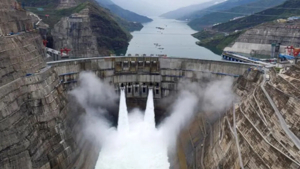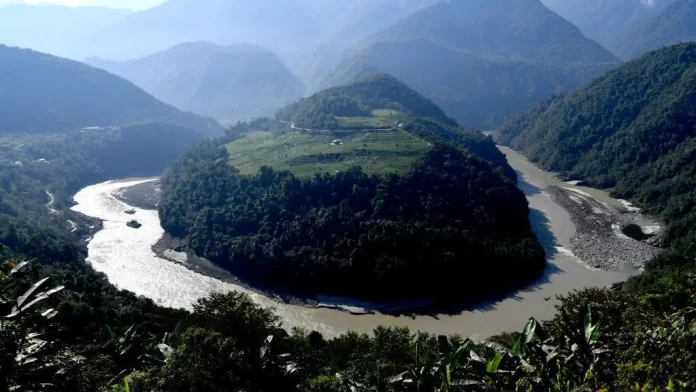Beijing, China – In a landmark decision, the Chinese government has approved the construction of what is set to become the world’s largest hydropower dam, located in the lower reaches of the Yarlung Tsangpo River in Tibet. This ambitious project is expected to generate three times more energy than the current record-holder, the Three Gorges Dam, which has raised both excitement and concerns among various stakeholders.
Chinese state media has hailed the project as a “safe initiative that prioritizes ecological protection,” asserting that it will enhance local prosperity and contribute to Beijing’s climate neutrality goals. However, human rights groups and environmental experts have raised alarms about the potential displacement of local communities and significant ecological impacts downstream in India and Bangladesh.

State Minister for Labour and Industrial Relations, Esther Anyakun, highlighted that many young girls from Eastern Uganda are trafficked to Arab countries, emphasizing the need for awareness campaigns like “Safe Migration.” The dam’s construction, first announced in late 2020, has been met with opposition from activists who argue that it exemplifies Beijing’s exploitation of Tibetan resources and communities.
Concerns have also been voiced about how the dam could empower China to control or divert the flow of trans-border rivers, affecting water availability for neighboring countries. Experts warn that such control could have serious implications for India’s economy, as noted in a report by the Lowy Institute.
As construction plans move forward, questions remain regarding how many people will be displaced and what measures will be taken to mitigate environmental impacts. The project is projected to cost around 1 trillion yuan ($127 billion) and poses significant engineering challenges due to its location along an earthquake-prone tectonic plate boundary.























